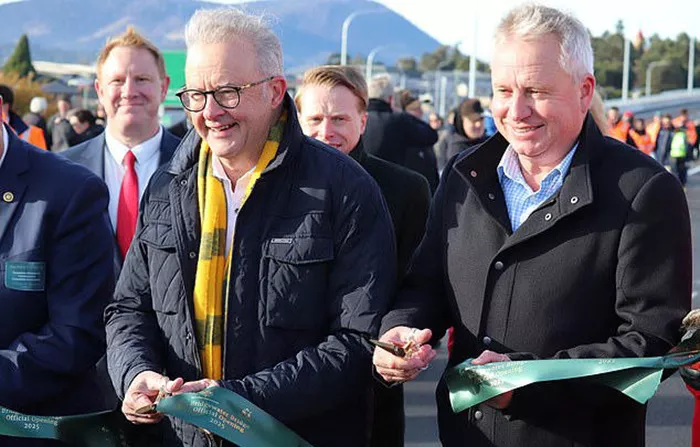The Australian government’s new rules on car emissions could make new cars cost thousands of dollars more. It could also cause car dealers to lose up to $2 billion in revenue.
From July 1, Labor’s New Vehicle Efficiency Standard (NVES) will start. This law introduces penalties for car makers who sell too many petrol or diesel vehicles. The goal is to reduce Australia’s carbon emissions by 59 percent in just four years.
But this could seriously affect the country’s 3,700 car dealers. A report by the Centre for International Economics, commissioned by the Australian Automotive Dealer Association, estimates that Labor’s plan might cost the car industry between $1.1 billion and $2.1 billion from 2025 to 2029. The changes could also threaten about 68,000 jobs.
The report warns that some of these costs will likely be passed on to car dealers and buyers. Dealers are expected to see lower profits from new car sales. This is due to penalties on manufacturers that do not comply and price drops if they do.
Under the NVES, car companies will earn credits for selling more electric vehicles (EVs). But they will face penalties if they sell a high number of larger petrol and diesel SUVs and utes.
The Federal Chamber of Automotive Industries says these new rules will add around $6,150 to the price of a Ford Ranger and $2,720 to a petrol Toyota RAV4. On the other hand, electric cars like the Tesla Model Y could become $15,390 cheaper.
Tony Weber, CEO of the Federal Chamber, told Daily Mail Australia that petrol and diesel cars will become more expensive over the next four years. “This regulation is designed to change the market to encourage people to buy more efficient vehicles. If you don’t, there will be penalties in the system,” he said.
He added that the penalties will likely be paid by consumers. “Overall, motorists will probably bear the cost of these price increases.”
Despite the new rules encouraging electric car purchases, EV sales in Australia have not yet risen. In fact, sales of Tesla and Polestar vehicles dropped by 45.4 percent in the first five months of 2025 compared to the same period in 2024.
The Electric Vehicle Council’s data also shows a 70.2 percent drop in Tesla Model 3 sales. Only 317 Model 3s were sold last month, far below 1,958 in May 2024 and 3,593 in February 2024, when the Model 3 was the third most popular car in Australia after the Ford Ranger and Toyota HiLux.
Meanwhile, diesel utes like the Toyota HiLux and Ford Ranger still sell well. Last month, 4,952 HiLuxes and 4,761 Rangers were sold. Both produce about 200 grams of carbon per kilometer, making them targets under Labor’s new emission laws.
Ford has introduced a plug-in hybrid Ranger this year, which can tow 3.5 tonnes like the diesel version.
Chinese automaker BYD is now the world’s largest electric vehicle producer. However, BYD has not yet made the top ten car brands in Australia.
Among the top ten car brands in Australia, eight offer fully electric vehicles. These include Toyota, Mazda, Ford, Kia, Hyundai, GWM, MG, and Nissan.
Mitsubishi sells plug-in hybrid SUVs. Isuzu, which sells the diesel D-Max ute, currently has no fully electric vehicles in Australia. However, electric versions of these utes are expected next year, with Toyota planning to release a fully electric HiLux.


